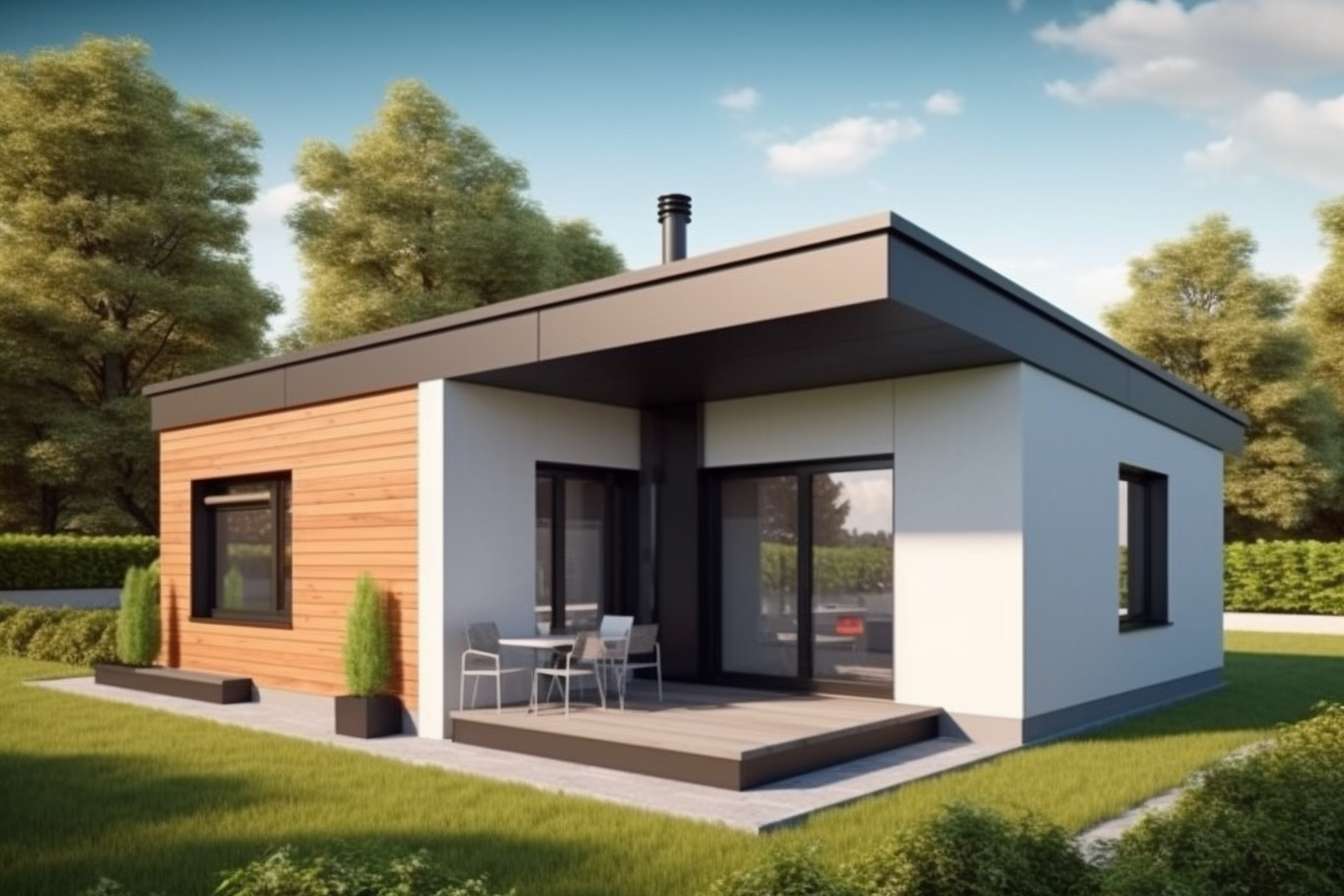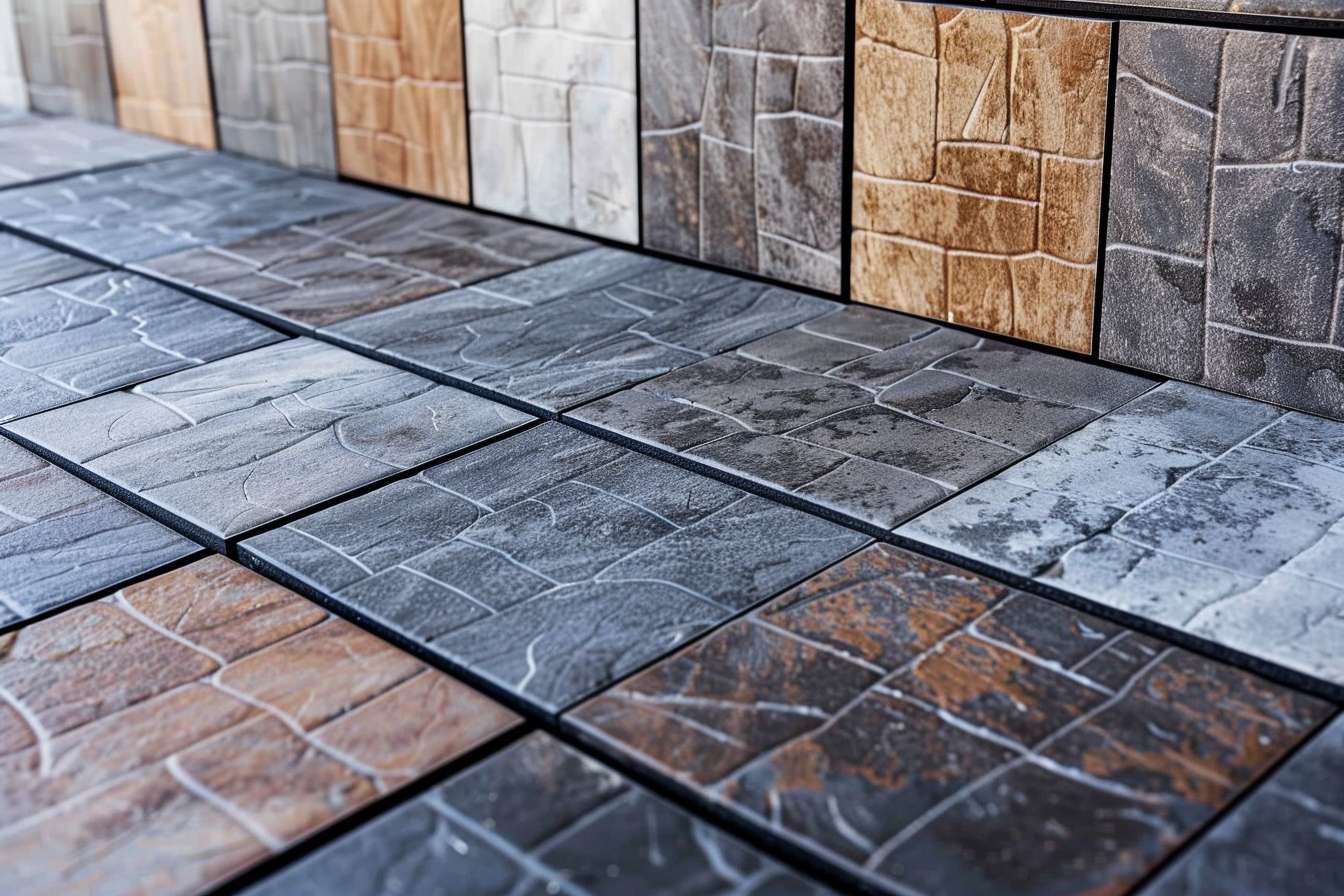Why Composite Decking Boards Are Gaining Popularity Outdoors
More homeowners are turning to composite decking for its mix of durability and design appeal. With minimal upkeep and resistance to weathering, these boards are changing the way outdoor spaces are built. Explore the features that make composite decking a smart, long-lasting choice.

Understanding Composite Decking Materials
Composite decking boards consist of a mixture of wood particles, recycled plastic, and binding agents. This combination creates a material that resists common issues affecting traditional wooden decks, such as rotting, warping, and splitting. The manufacturing process ensures consistent quality and appearance across all boards, making installation more straightforward and resulting in a more uniform finish.
Benefits of Choosing Composite Decking
The practical advantages of composite decking extend beyond its basic construction. These boards resist moisture damage and don’t require annual sealing or staining. Unlike traditional timber, composite materials don’t splinter, making them safer for bare feet and particularly suitable for families with children. They also maintain their colour and shape over time, with minimal fading even in direct sunlight.
Installation Considerations for Composite Decking
Installing composite decking requires specific techniques and tools. The boards typically come with specialized fixing systems that ensure proper spacing and alignment. Professional installation is often recommended, as proper substructure preparation and precise fitting are crucial for longevity. The frame must be properly constructed to support the weight and characteristics of composite materials.
Cost Analysis and Long-term Value
| Decking Type | Initial Cost per Square Metre | Maintenance Cost per Year |
|---|---|---|
| Standard Composite | £65 - £85 | £5 - £10 |
| Premium Composite | £85 - £120 | £5 - £10 |
| Traditional Timber | £25 - £40 | £20 - £35 |
Prices, rates, or cost estimates mentioned in this article are based on the latest available information but may change over time. Independent research is advised before making financial decisions.
Environmental Impact and Sustainability
Composite decking offers environmental benefits through its use of recycled materials. Many manufacturers incorporate reclaimed wood fibres and recycled plastics into their products, reducing landfill waste. The longevity of composite boards also means less frequent replacement, resulting in reduced resource consumption over time.
Design Options and Aesthetic Variety
Modern composite decking boards come in various styles, textures, and colours that convincingly mimic natural wood. Manufacturers offer options ranging from traditional wood grain patterns to contemporary smooth finishes. This variety allows homeowners to select designs that complement their property’s architectural style while maintaining the practical benefits of composite materials.
Composite decking continues to evolve with technological advancements and growing consumer demand. While the initial investment may be higher than traditional timber, the reduced maintenance requirements and extended lifespan make it an increasingly practical choice for outdoor living spaces. The combination of durability, aesthetics, and environmental considerations explains the growing preference for composite decking boards in modern outdoor design.




